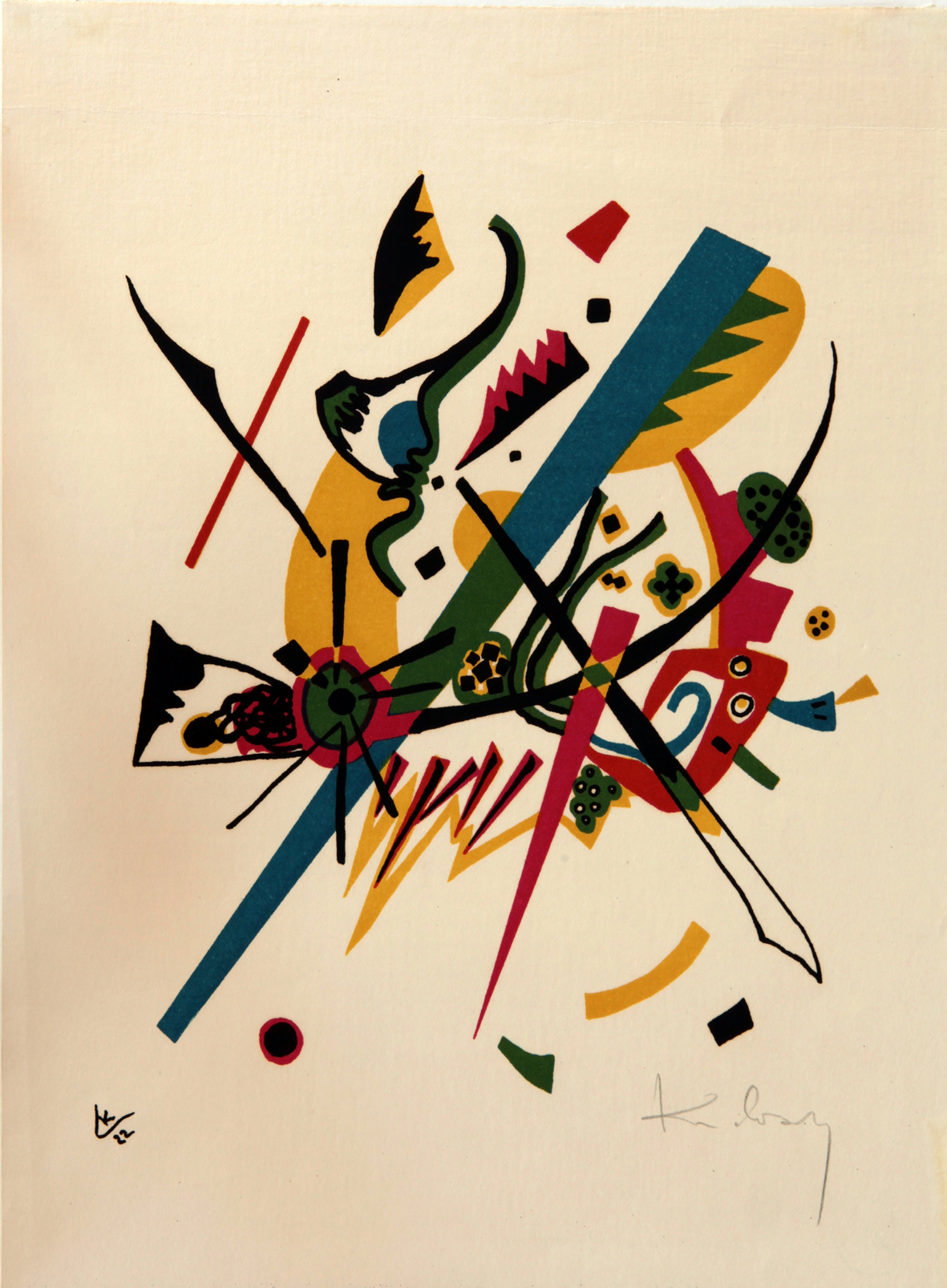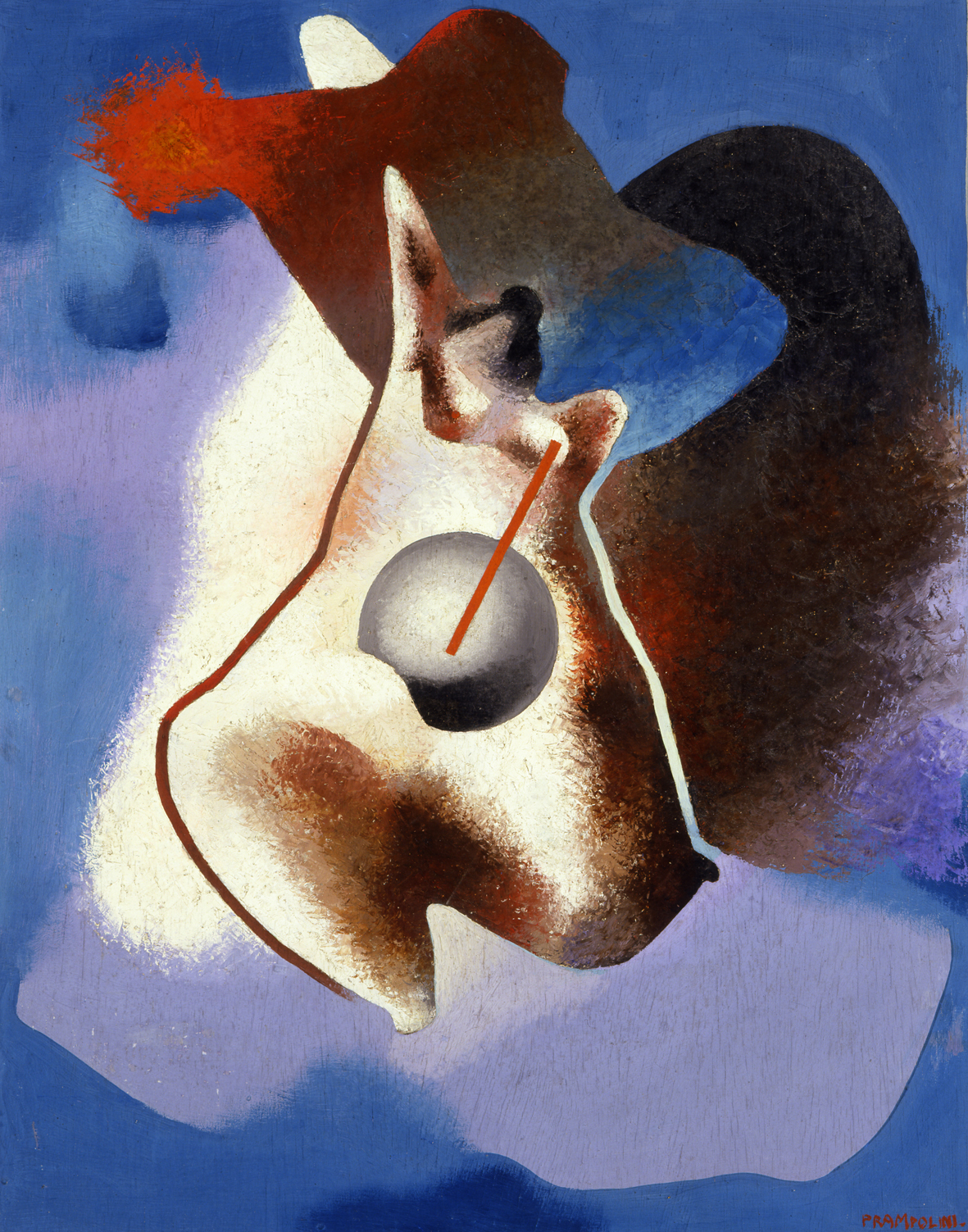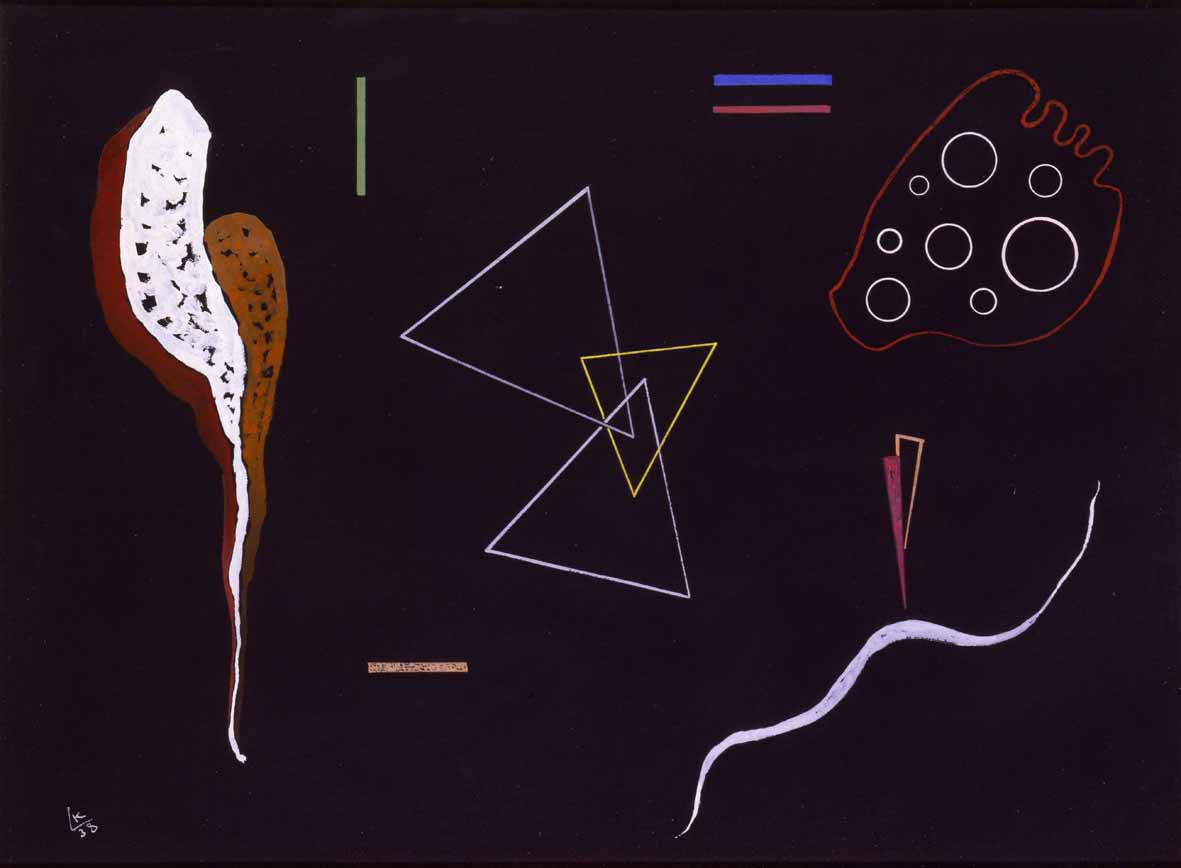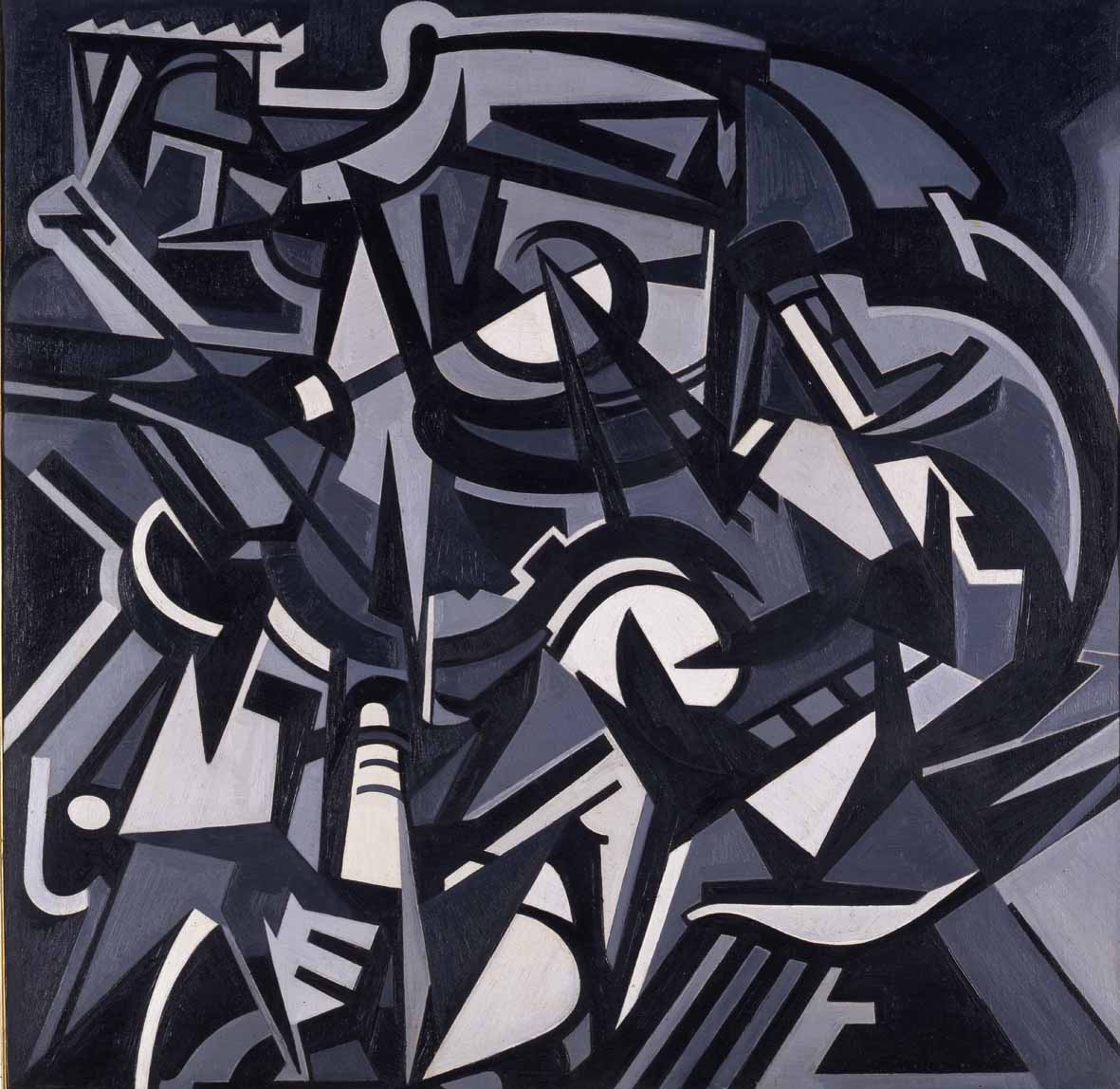Paul Klee, With the snake1924, Indian ink drawing, watercolor and pastels, 28.1 x 23.1 cm, Venice, Ca ‘Pesaro – International Gallery of Modern Art, purchased from the painter Emanuel Föhn, 1954
The appointment at the Candiani Cultural Center in Mestre is from 30 September to 21 Februarywhen Kandinsky and the Avant-gardes. Point, line and surfacean original project by MUVE that draws the entire content of the very rich exhibition from its own collections, will present Kandinsky’s masterpieces to the public in dialogue with works by Paul Klee, Enrico Prampolini, Jean Arp, Victor Brauner, Joan MiròMark Tobey, Emilio Vedova, Mirko Basaldella, Eduardo Chillida, Bruno De Toffoli, Julia Mangold, Luciano Minguzzi, Richard Nonas, just to name a few of the names present.
The purchases at the Biennials by the Municipality of Venice, but also the fascination for the lagoon city of many artists and collectors have made Ca ‘Pesaro the place where in Italy the artistic ferments of the twentieth century worldwide are permanently documented.

Wassily Kandinsky, Kleine Welten I (Little worlds), 1922, Color lithograph, 28 x 35.7 cm, Venice, Ca ‘Pesaro – International Gallery of Modern Art, donation Paul Prast, 2020
After Klimt, Tiziano, Canova, Rauschenberg, Koons, Warhol and Pop Art, protagonists over the years in the exhibition space of the Venetian mainland, a new adventure gives an appointment to the visitors of the Candiani Cultural Center.
If on the one hand the exhibition dedicated to Kandinsky and the Avant-gardes – proposed, successfully also at the Municipal Gallery of Contemporary Art in Monfalcone – indicates the choice by the MUVE Foundation to launch a new phase of the Candiani Center, on the other it testifies to the new network of collaborations activated by the Venice Civic Museums Foundation with the wider territorial scope.

Enrico Prampolini, Cosmic Anologies, ca.1931, Oil on wood, 65 x 80 cm, Venice, Ca ‘Pesaro – International Gallery of Modern Art, gift from the National Confederation of professional and artist fascist trade unions, 1932
“This exhibition – underlines Gabriella Belli, director of the Fondazione Musei Civici di Venezia – is built with the masterpieces of the collections of the International Gallery of Modern Art of Ca ‘Pesaro, one of our eleven extraordinary museums, to tell the fascinating journey of abstract art from its birth to our contemporary. Many of these works have been purchased by the Municipality of Venice in various editions of the Biennale, others have been donated to the Gallery by the award-winning artists themselves, testifying to a long history of esteem and gratitude that binds the Museums to the city and its cultural institutions. to collectors, patrons and artists. Ca ‘Pesaro is the guardian of the art of its time and here the natural protagonist of an important cultural action “.
On display the first part dedicated to the birth of abstraction presents, through the masterpieces of Ca ‘Pesaro, the avant-garde between abstraction and Surrealism. Along the lines drawn by Klee and Kandinsky, over the 1920s the experiments of Surrealism by Joan Miró, Yves Tanguy, Victor Brauner and Antoni Tàpies were inserted, as well as the abstract sculpture by Jean Arp, the cosmic analogies of Enrico Prampolini, the music by Luigi Veronesi. The persistence of Abstraction after World War II will instead dominate the third part of the path. In the 1940s, Kandinsky’s lesson declined in the English world with the experience of Ben Nicholson, in the international experiences of Abstract Expressionism and in Italy of the New Front of Arts and Sign Abstractionism.

Wassily Kandinsky, Three triangles, 1938, Tempera drawing, 47.3 x 37 cm, Venice, Ca ‘Pesaro – International Gallery of Modern Art, bequest of Lidia De Lisi Usigli, 1961
With Emilio Vedova, Mario Deluigi, Tancredi, Mark Tobey, the forms of abstraction in the second half of the twentieth century are halfway between informal, lyrical and gestural suggestion.
The closing of the exhibition is entrusted to sculpture, in particular that which veers towards minimalism, and which completes the path with masterpieces by Mirko Basaldella, Eduardo Chillida, Luciano Minguzzi and Bruno De Toffoli.
The visitor’s last steps sink into the thought of the seventies, crossing a radical, almost ascetic abstraction, which makes its way with the minimal experiences of the American anthropologist artist Richard Nonas and the German Julia Mangold.

Emilio Vedova, Europe 1950, 1950, Oil on canvas, 126 x 123 cm, Venice, Ca ‘Pesaro – International Gallery of Modern Art, Contessa Volpi di Misurata Award, Biennale 1950

